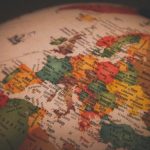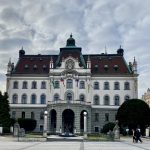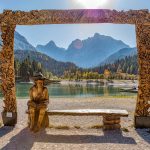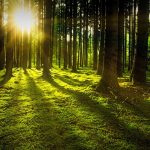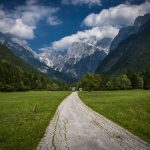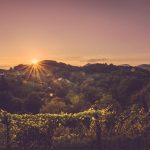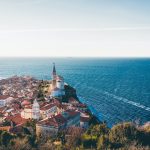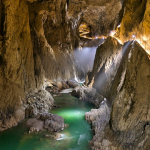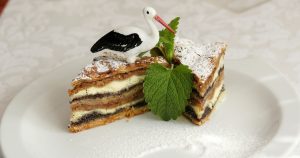Slovenia, officially the Republic of Slovenia is a country in Central and Southeastern Europe touching the Alps and bordering the Mediterranean.
Slovenia borders Italy to the west, Croatia to the south and east, Hungary to the northeast, and Austria to the north, and also has a small portion of coastline along the Adriatic Sea.
It covers an area of 20,273 square kilometres (7,827 sq mi) and has a population of 2.05 million.
The capital and largest city is Ljubljana.

